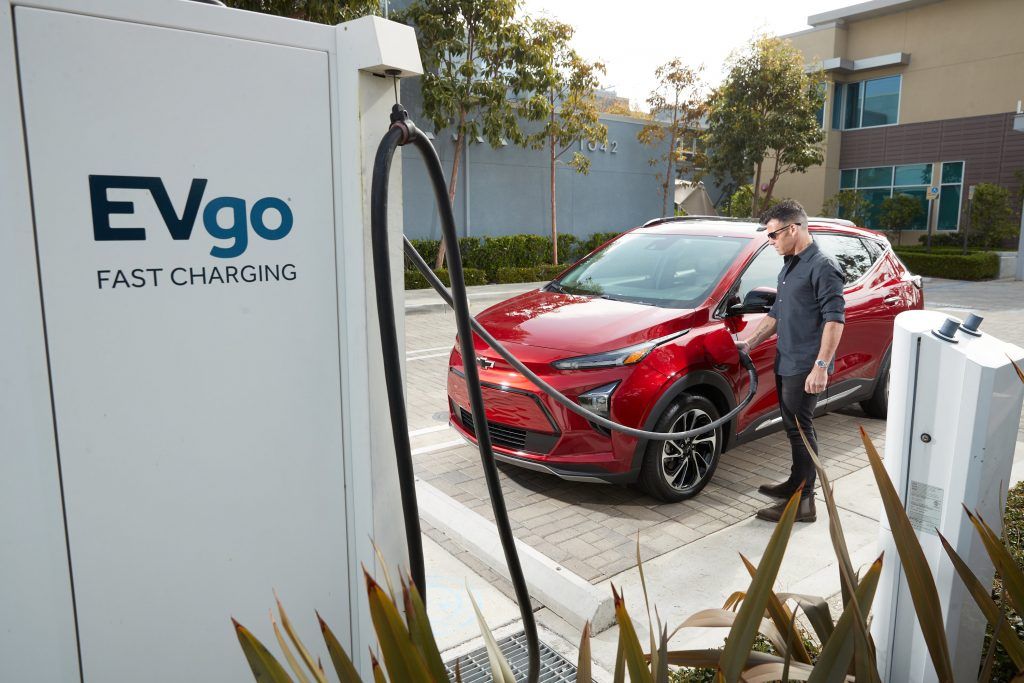The essential raw materials for producing today’s electric vehicle batteries are lithium, nickel, cobalt, manganese and graphite, says a report released by the World Bank.
Other raw materials are important for fuel cells (such as platinum), electric motors (rare earth elements) and the extension of power grids and charging infrastructure (copper).
The paper, entitled The Economics of Electric Vehicles for Passenger Transportation, highlights that the successful transition to electric mobility implies a sharp increase in demand for the raw materials needed to manufacture electric vehicle components.
This raises the question of whether a sufficient, secure and sustainable supply of critical raw materials will be available at a price that ensures at least cost parity between electric vehicles and internal combustion engine vehicles.
Known global resources of these materials significantly exceed projected demand, even when considering a parallel increase in demand for other uses.
Global reserves -the portion of the resources that can be economically extracted- also appear sufficient overall under current scenarios.
However, the projected increase in demand may strain supply chains.
In the International Energy Agency’s (IEA) sustainable development scenario, demand for lithium, graphite, cobalt, nickel and manganese for electric vehicles will grow by 16 to 42 times (42 times, 25 times, 21 times, 41 times and 16 times, respectively) between 2020 and 2040.
Lithium
In addition, the report notes that reserves of key raw materials are concentrated in a small number of countries, most of which are developing countries.
The Democratic Republic of Congo accounted for about 70% of global cobalt production in 2019, and South Africa and Brazil have 60% of global manganese reserves.
Most of these raw materials are not refined or processed locally.
More than 50% of the world’s copper, cobalt, lithium and nickel refining is located in China.
This Asian nation also produces about 80% of refined rare earth minerals.
With such levels of concentration, the disruption of mining or processing operations in a single country has global repercussions.
Raw materials
Major sources of raw materials for batteries and fuel cells:
Cobalt: Australia, Canada, Cuba, Democratic Republic of Congo, Philippines, and Russia.
Copper: Australia, Chile, China, Democratic Republic of Congo, Peru and the United States.
Graphite: Brazil, China and Turkey.
Lithium: Argentina, Australia, Bolivia, Chile, China, Russia, United States and Zimbabwe.
Manganese: Australia, Brazil, South Africa and Ukraine.
Nickel: Australia, Brazil, Canada, China, Cuba, Indonesia, New Caledonia, Philippines and Russia.
Platinum: Russia, South Africa and Zimbabwe.
![]()

